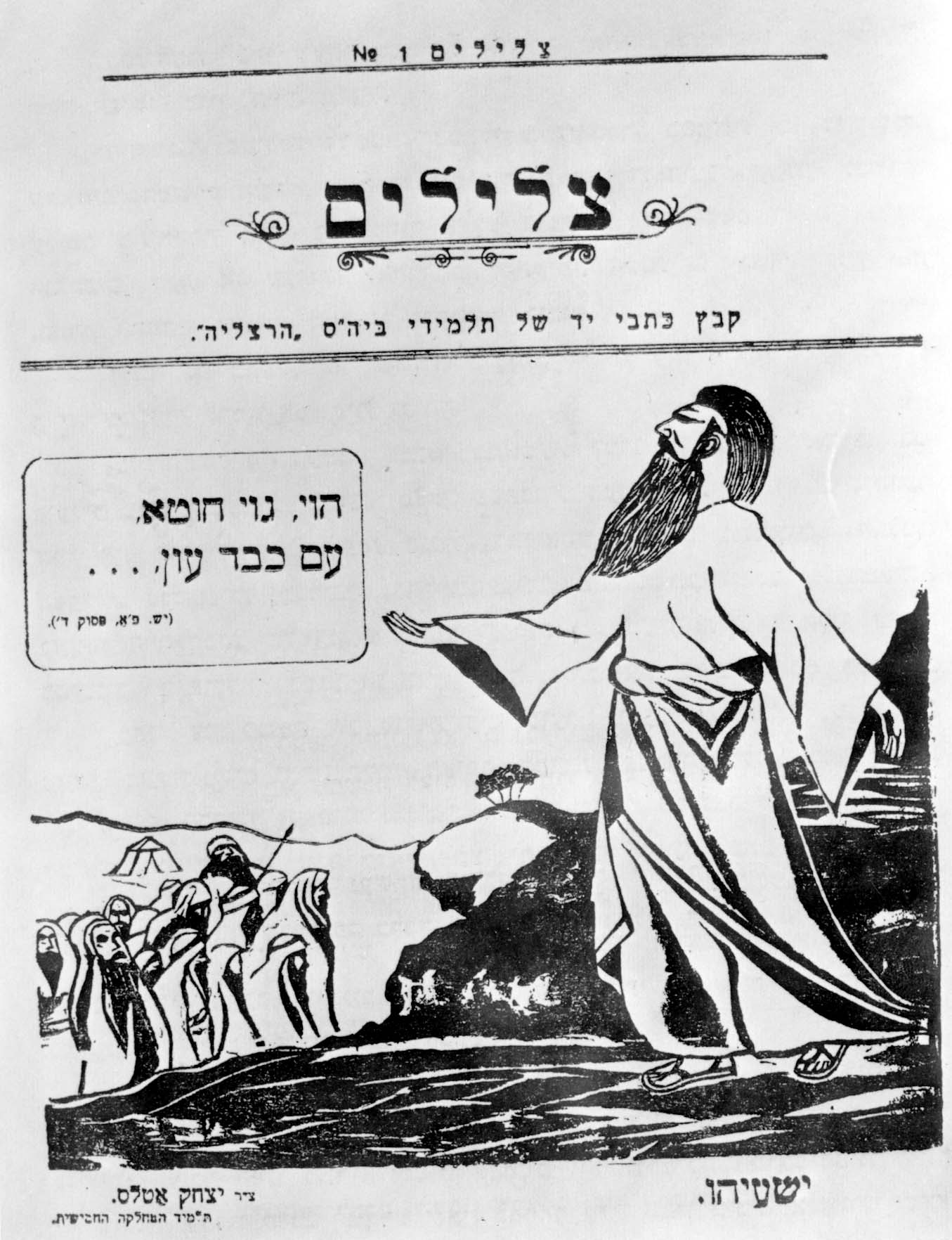

Kowel

In the interwar period the Jews of Kowel dominated the economic life of the city – they were artisans, manufacturers, and merchants. During the 1920s and 1930s the city became a center of Jewish political activity. The Bund, an Orthodox party, and, especially, Zionist parties and youth movements (Beitar, Hashomer Hatzair, and Mizrahi) were active there, as well as Zionist pioneering training communes, such as HeHalutz. There was diverse Jewish educational activity - Tarbut, the Zionist Hebrew-language network of educational institution, opeated kindergartens, two elementary Hebrew schools, and a Hebrew high school. During the 1920s the Central Yiddish School Organization (TSYSHO) operated a Yiddish-language school. The city also had a traditional talmud torah.
In 1937 Kowel's 13,200 Jews constituted nearly half of the total population.
With the beginnig of World War II on September 1, 1939 the number of Jews increased since many Jews from German-occupied Poland took refuge in Kowel. After September 17, 1939, with the arrival of the Red Army in the city following the Ribbentrop-Molotov Pact, Kowel became part of Soviet Ukraine. The Soviet annexation of 1939 put an end to all independent political and public life, including those of the Jews. Hebrew language schools were compelled to adopt the Soviet Yiddish-language curriculum. The Soviets also banned private trade and industry.
On June 28, 1941 the Germans captured Kowel and immediately executed several dozen Jews belonging to the intelligentsia. Executions continued over the next month, claiming several hundred Jewish victims. The supply of water and electricity to the Jewish residents of the city was cut off. During this period the Jews were ordered to wear white armbands with a blue Star of David (replaced in September 1941 by a yellow badge). The Jews were not allowed out on the streets between certain hours or to leave the city limits. Jewish houses had to be marked by yellow signs. A Judenrat (Jewish council), headed by Wilik Pomeranz, and a Jewish police force were established. In late July the Germans publicly burned Torah scrolls. They also confiscated valuables, extorted a large "fine" from the community, and conscripted Jews for forced labor on the railways, in factories, and in agriculture. During this work the local Ukrainian police abused them. Kowel became the administrative center of Kowel County and the Gebietskommissar (regioinal commissar) until June 1942 was Arno Kampf.
At the end of May 1942 the Jews were incarcerated in two ghettoes. Over several thousand laborers who held work permits, along with their families, were concentrated in the first ghetto, located in the new part of town ("Di zamd" – the Sands). The second ghetto, set up in the old town, held another several thousand "useless" persons, who did not have work permits. The two ghettos, guarded by Ukrainian auxiliary policemen, were separated by a wooden wall and surrounded by barbed wire. On June 2 or 3, 1942 the Jews from the second ghetto were taken to a sand quarry near the village of Bachów, where they were shot to death by German police and SD units. According to one testimony during this murder operation that lasted several days a group of several hundred Jews from the old ghetto was shot to death at the Jewish cemetery in the city. This murder operation was headed by Erich Kassner, who had just assumed office as Gebietskommissar of Kowel District. Several days later the German authorities imposed a levy of one million rubles on the remaining Jews, and ordered them to surrender all the gold and jewelry they owned. This order was complied with. At the beginning of August the skilled workers from the first ghetto were transferred to quarters in the old city ghetto. This ghetto was liquidated on August 19, 1942, with the majority, including some members of the Judenrat and Jewish police, being taken to Bachów, where they were shot to death by an SD murder squad. Several hundred Jews, who were caught in hiding during the following days and weeks, were concentrated under harsh conditions in the Great Synagogue of Kowel. They managed to write their last testaments on the walls of the synagogue before being shot to death at the city's Jewish cemetery. Erich Kassner was in charge of this murder operation as well.
Kowel was liberated by the Red Army on July 6, 1944.





